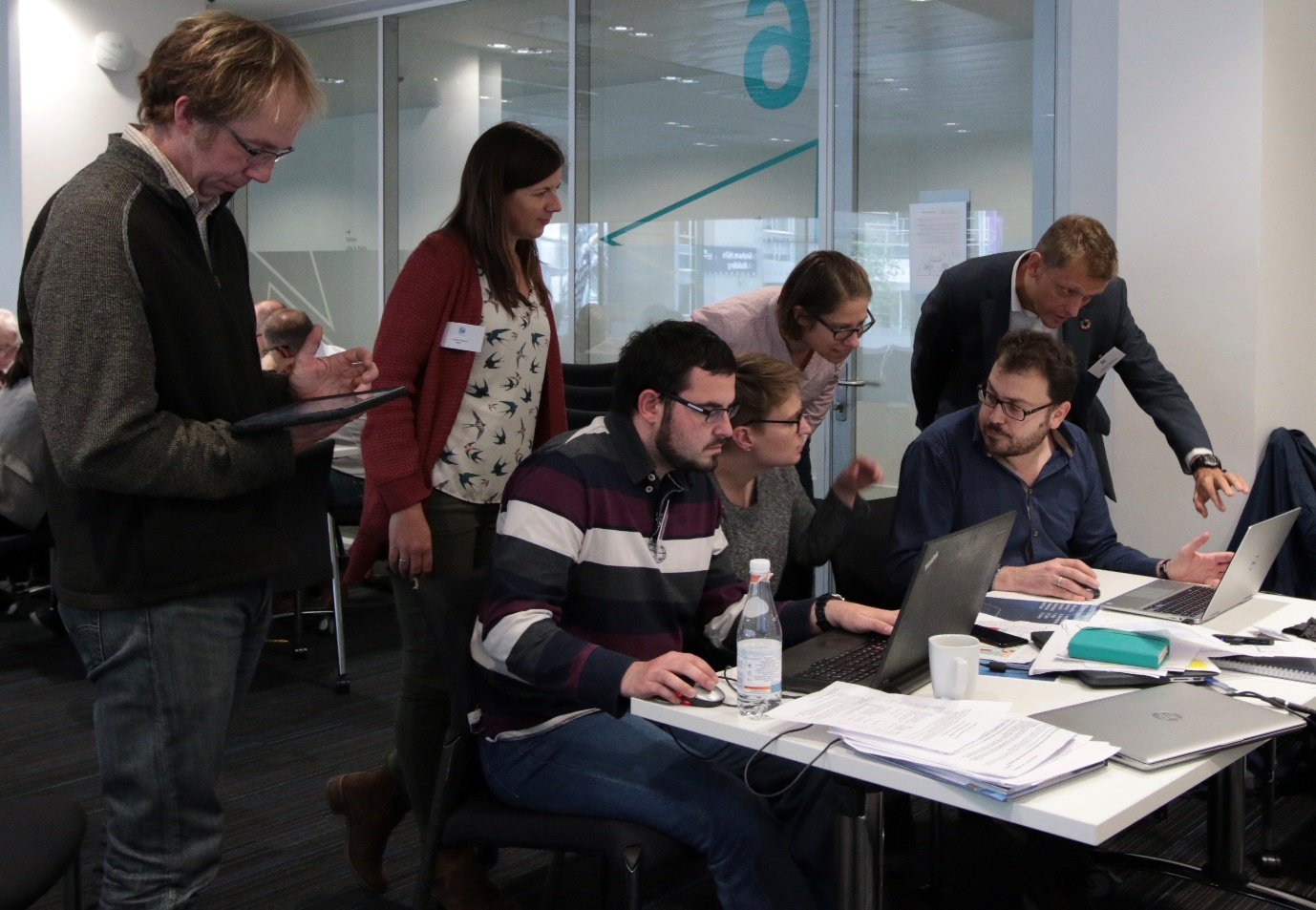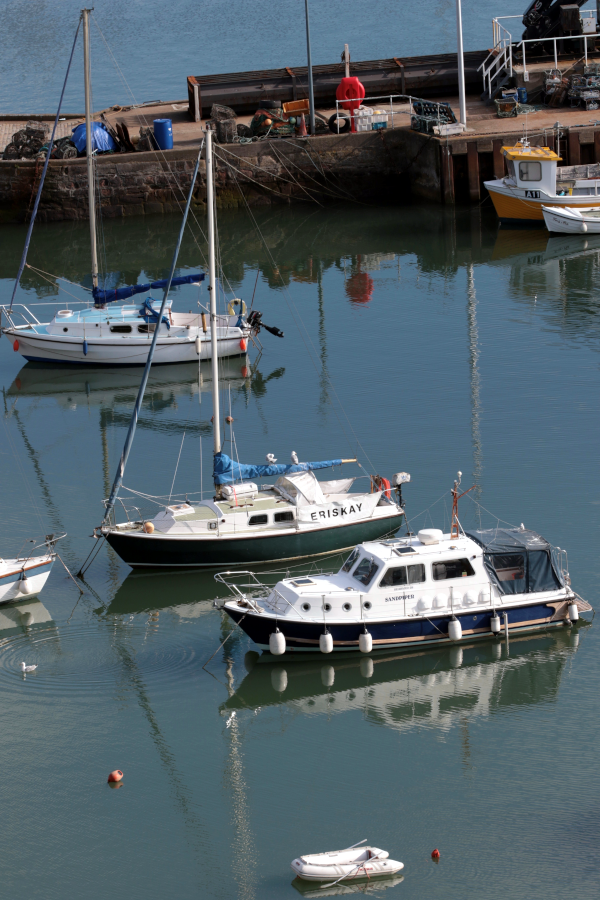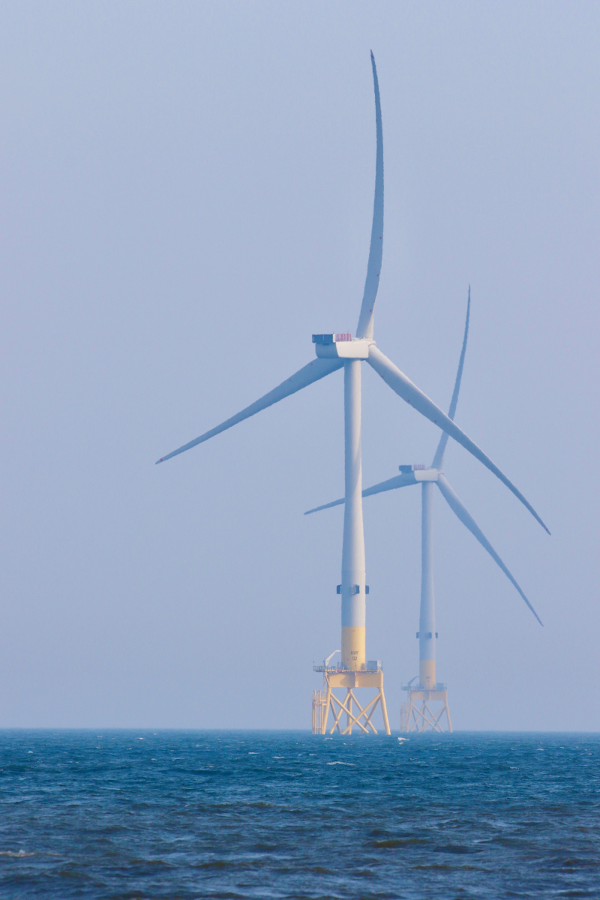Pressures from activities
Many different human activities take place in the seas around Scotland. Fishing, aquaculture, the movement of goods, the removal of hydrocarbons, capturing wind, wave and tidal energy, ecotourism, yachting, surfing, transport of materials through pipelines, transmission through submarine cables, military manoeuvres and the development of ports and harbours are some of these activities. In addition, the marine environment receives emissions and discharges from human activities either direct or indirectly from atmospheric deposition or from river flows. For example nutrients, hazardous substances and (often plastic) litter are discharged directly from point sources or enter marine ecosystems in a more diffuse manner.
Under part 3, section 5 of the Marine (Scotland) Act 2010 Scottish Ministers are required to prepare a summary of significant pressures and the impact of human activity on the area or region. To meet this requirement, a process was put in place to determine the top five human pressures in each of the eleven Scottish Marine Regions (SMRs) and ten Offshore Marine Regions (OMRs) for the period 1 January 2014 – 31 December 2018. The process was purpose-specific and involved three key stages:
- Agreeing what activities actually occur per region.
- Pressure experts (from MASTS academic community) identify, scope and rank pressures.
- Consensus building workshop to translate the pressures back to main pressure causing activities and assessment of the trends in the pressures over the period 1 January 2014 – 31 December 2018. This comprised gathering together a group of experts who were very familiar with a geographic area (number of SMRs or OMRs) and reviewing and reaching a common position on the main pressure causing activities for the set of SMRs or OMRs.
The Scottish Seas Data Assessment Group led the process using the standardised lists of marine pressures and activities within the Feature Activity Sensitivity Tool (FeAST) and MS Maps NMPi to deliver the first stage. This included assigning each region to one of five groupings (based on geographical areas for ease, availability of expertise and practicality) :
- Inshore east coast: Forth & Tay; North East; Moray Forth; North Coast.
- North Sea Shelf: Long Forties; Fladen and Moray Firth Offshore; East Shetland Shelf; North and West Shetland Shelf.
- Northern Islands: Orkney Islands; Shetland Isles.
- West coast: Solway; Clyde; Argyll; Outer Hebrides; West Highlands; Hebrides Shelf; North Scotland Shelf.
- Off the shelf: Hatton; Bailey; Rockall; Faroe Shetland Channel.
A group of experts (knowledgeable on pressures, regions and the various activities under consideration) was organised by the Marine Alliance for Science and Technology for Scotland (MASTS) with experts being assigned to one of the five groupings. Through meeting and consultation the groups started to identify, scope and rank the pressures prior to a consensus building workshop held on 4 October 2019 as part of the MASTS Annual Science Meeting. Following the workshop, the outputs were honed to produce the product presented in the Pressures from Activities section.
The strength of the process was the involvement of a significant number of experts from the academic community. Without their input, the process would not have worked and SMA 2020 would not have included this first assessment of activities and pressures in Scotland’s 21 marine regions.

Participants at the Pressures and Activities Workshop which was run during the MASTS Annual Science Meeting at the University of Strathclyde, Glasgow on 4 October 2019.
Examples of activities which take place in the seas around Scotland

An example of ‘Marine infrastructure’, one of the 15 activity categories in FeAST. This coastal activity includes ports, marinas and leisure facilities.

An example of ‘Energy production and associated infrastructure’, one of the 15 activity categories in FeAST. The example is of wind turbine energy production.

An example of ‘Shipping’, one of the 15 activity categories in FeAST. This activity produces sound and light as well as being a potential pathway for the introduction of one or more invasive non-indigenous species.

